Search Images
Browse Content (p. 1306)
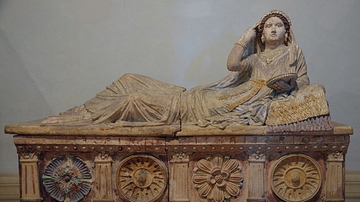
Image
Etruscan Sarcophagus of Larthia Seianti
Etruscan Terracotta Sarcophagus of Larthia Seianti, found in Chiusi, 3rd century CE. (National Archaeological Museum of Florence)
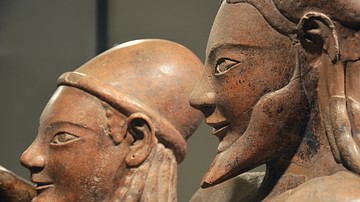
Image
Etruscan Sarcophagus of the Spouses (detail)
Detail of the Etruscan Sarcophagus of the Spouses, considered one of the great masterpieces of Etruscan art. It is a late 6th century BCE Etruscan anthropoid sarcophagus made of terracotta. It depicts a married couple reclining at a banquet...

Image
Arminius & the Battle of Teutoburg Forest
This is an artistic 3D impression of what the Battle of Teutoburg Forest (September, 9 CE) may have looked like.
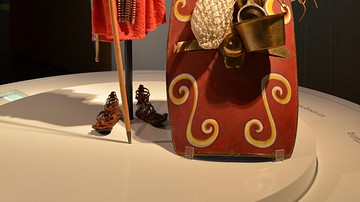
Image
Roman Legionary Kit
A reconstruction of a Roman legionary's kit from the 1st century CE. (Museum und Park Kalkriese, Germany)
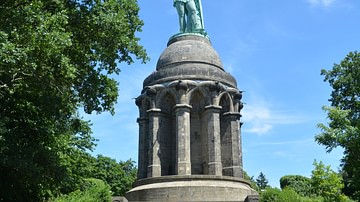
Image
Statue of Arminius
A statue of the Germanic leader Arminius (Hermann) who defeated a Roman army at the Battle of Teutoburg Forest in 9 CE. Near Detmold, Germany.
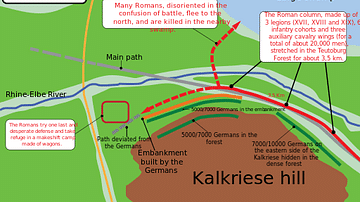
Image
Battle of Teutoburg Forest Map
A map illustrating the troop positions of the 9 CE Battle of Teutoburg Forest in Germany between Roman and German tribes.
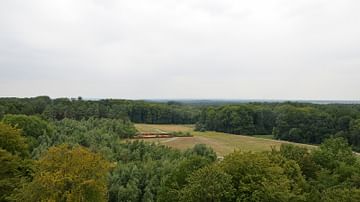
Image
Teutoburg Forest
View over the Teutoburg Forest, the site of the famous battle which took place on September 9 CE, when an alliance of Germanic tribes ambushed and decisively destroyed three Roman legions and their auxiliaries, led by Publius Quinctilius...
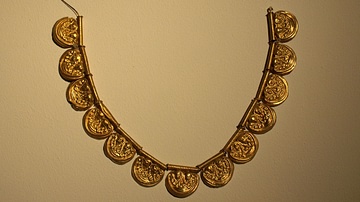
Image
Etruscan Gold Necklace
An Etruscan gold necklace with lotus flower decoration. Vetulonia, 7th century BCE. (Temporary exhibition at the Rijksmuseum van Oudheden, Leiden, Netherlands)
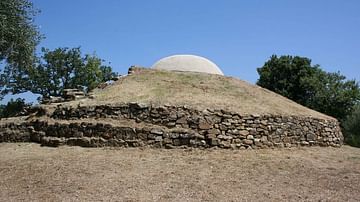
Image
Pietrera Tomb, Vetulonia
The Etruscan Pietrera tumulus tomb at Vetulonia, western central Italy. 7th century BCE.
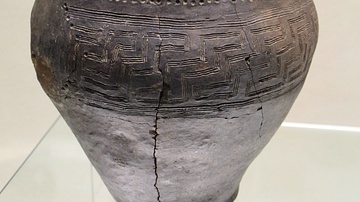
Image
Villanovan Biconical Funerary Urn
A biconical funerary urn with incised decoration from the Villanovan culture of central Italy. From Chiusi, 8th century BCE. (National Etruscan Museum, Florence)